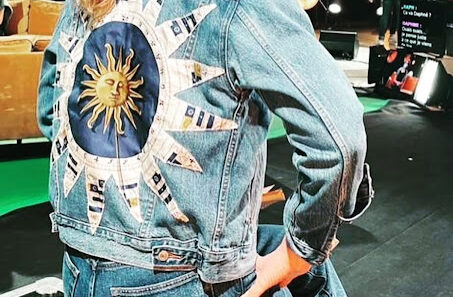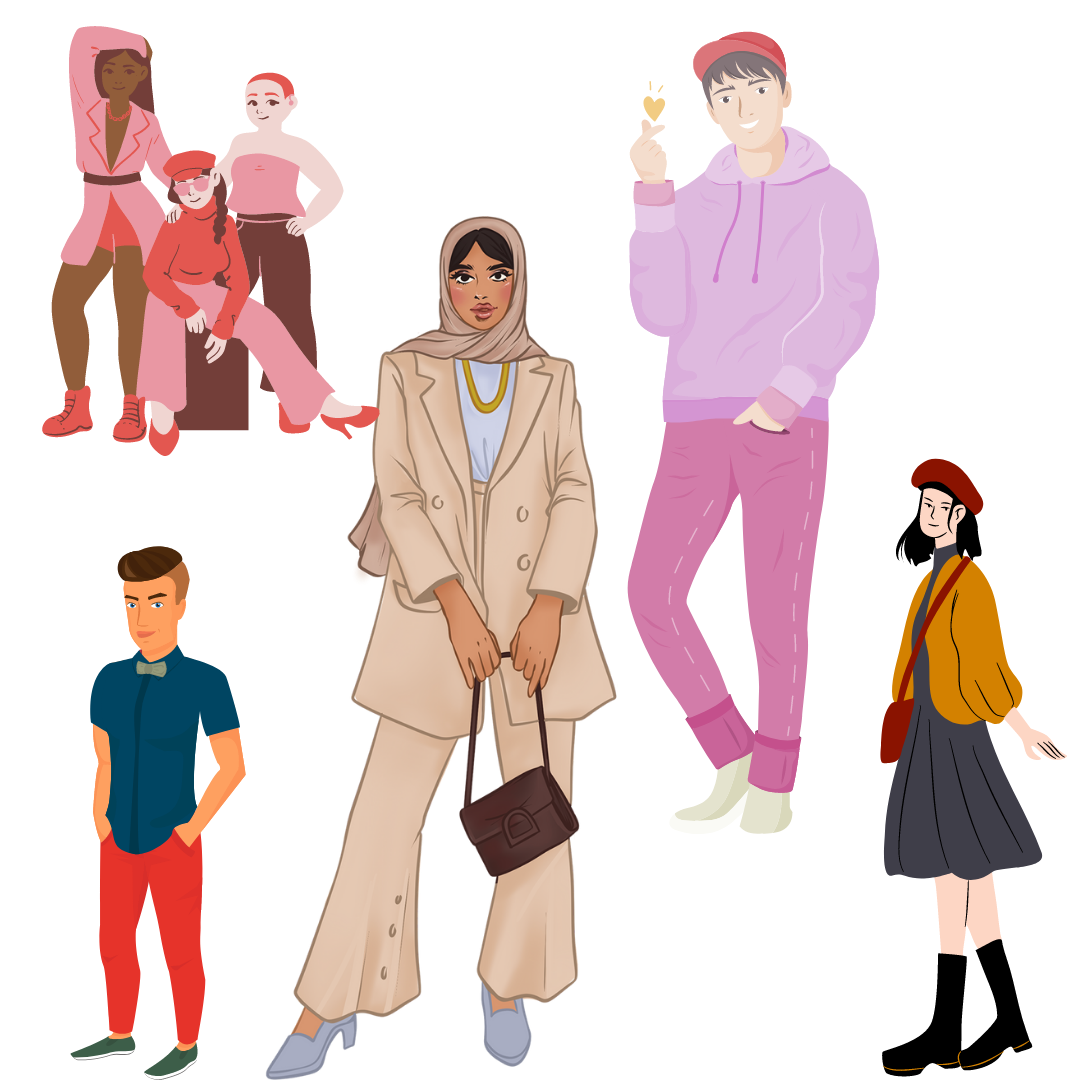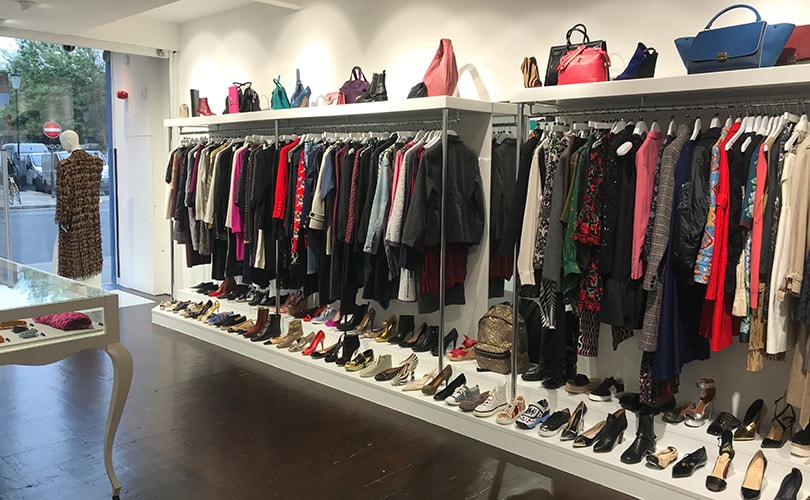The art of making stylish garments’ is a broad definition of fashion design. However, as time has passed, the notion of ‘fashion designing’ has expanded to include fashion accessories such as jewelry, purses, and footwear. Given the development of fashion, this would be reasonable to refer to it as ‘fashion production. Fashion industry has progressed much beyond the simple creation of apparel. Today, the fashion industry has developed into a full-fledged business. It is widely recognized as a viable career option across the world. Aside from designing, there are a variety of additional employment options in this business that have arisen throughout time. This article aims to compare and contrast the evolution of the fashion design business in the past and now.
- Fashion design can be traced back to 1826. From 1826 to 1895, Charles Frederick Worth is regarded as the world’s first fashion designer. Charles, a former draper, established a fashion firm in Paris. He was the one who established the tradition of fashion houses suggesting to their consumers what kind of apparel would be appropriate for them.
- During this time, several design houses began to employ artists to create pattern designs for garments. Clients would be shown patterns, and if they liked them, they would make an order. During this time, the practice of supplying consumers with designs and subsequently stitching them began, as opposed to the previous technique of presenting them with finished clothes.
- New fashion trends would emerge in Paris around the turn of the twentieth century and then spread throughout the world. New clothing patterns would emerge in Paris while spreading to other parts of the globe. In other words, Paris has established itself as the “fashion capital.” ‘Fashion’ throughout this time was large ‘haute couture,’ or custom-made clothing for certain persons.
- Fashion clothes began to be mass-produced in the mid-twentieth century. People began to have more clothing options as the volume of production expanded. People were more fashion-conscious around the end of the twentieth century, and individuals began selecting clothing for themselves based on comfort and personal taste rather than market fads.
- As said before, fashion production is now widely acknowledged as a viable professional option. A slew of new institutes has sprung up around the world, offering degrees in a variety of fashion-related fields. The number of students who regard fashion to be a serious job and have enrolled in fashion programs has steadily increased over time.
- Fashion design has developed into specializations. A designer can choose between a variety of categories, including lingerie, swimwear, women’s wear, bridal wear, men’s wear, footwear, purses, and so on. Fashionistas, who were previously self-employed, have a variety of professional options. They can collaborate with clothing companies and exporting houses. Designers may be tasked with redesigning haute couture and adapting it to the preferences of the general public. They could also work in clothing stores or specialist shops.
- The greater use of computers and technology in the fashion design industry is another key change that has occurred in recent years. Several software tools have been developed for professional certification in the design phase, as well as various stages of garment production, in a simple and timely manner.
- Fashion design as a profession has also gained in popularity. Fashionistas have established a name for themselves not only in their home nations but also internationally. The number of fashion shows and the amount of people that attend them has increased dramatically in recent years.
- Fashion design is now no longer only about designing and making a garment; it has evolved into a universe unto itself, encompassing fashion, style, innovation, technology, and commerce.
















